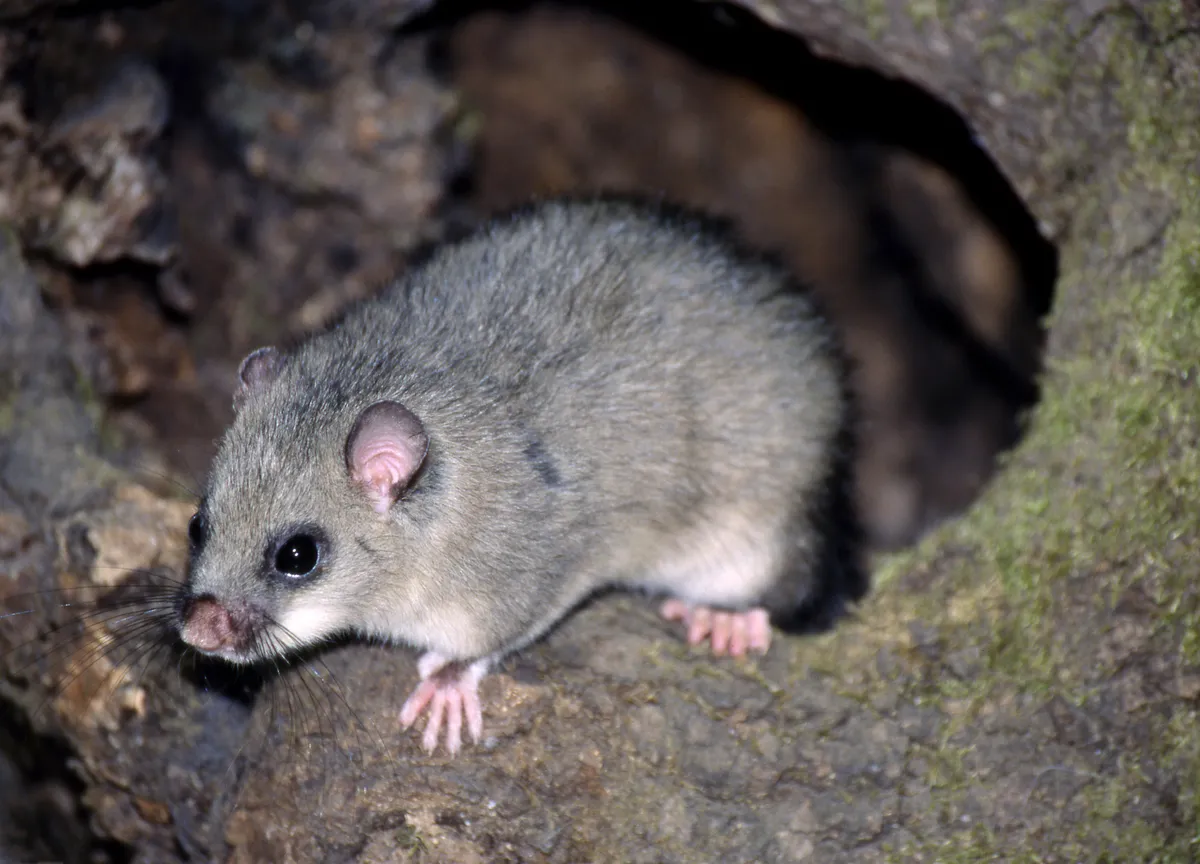What is a tautonym?
A tautonym is when the scientific name for a species is identical for both the genus and the specific names. Whilst this is relatively common in zoology (animals), in botany (plants) it is not allowed. However, differences of just one letter are allowed in botany.
Are there any triple tautonyms?
Triple tautonyms can also occur when the scientific name of a subspecies, which is part of a species with an existing tautonym, has the same word used again.
What is a scientific name?
The scientific name of a species is assigned by the scientists who first describe it, and is usually based on Latin or Greek words. Each scientific name consists of two words, the genus and the specific name, which is known as binomial nomenclature.
When writing out scientific names, the genus is always capitalised and the species is always lower case. Both should always be written in italics (or underlined if italics are unsuitable).
For example, the scientific name of the common bottlenose dolphin is Tursiops truncatus, where ‘Tursiops' is the genus name and is capitalised and ‘truncatus’ is the specific name and is in lower case.
There are internationally agreed codes for applying scientific names, overseen by the International Code of Zoological Nomenclature (ICZN) for animals and the International Code of Nomenclature for algae, fungi, and plants (ICNafp).
When writing out scientific names, they should be written in full the first time and can then be abbreviated with a full stop when referred to afterwards. For example, having referred to the common bottlenose dolphin previously in this article, any further use of its scientific name would be written as T. truncatus.
In the case of subspecies, an additional subspecies name is added to the scientific name, for example there are two subspecies of mountain zebra: Cape mountain zebra (Equus zebra zebra), and Hartmann's mountain zebra (E. z. hartmannae).
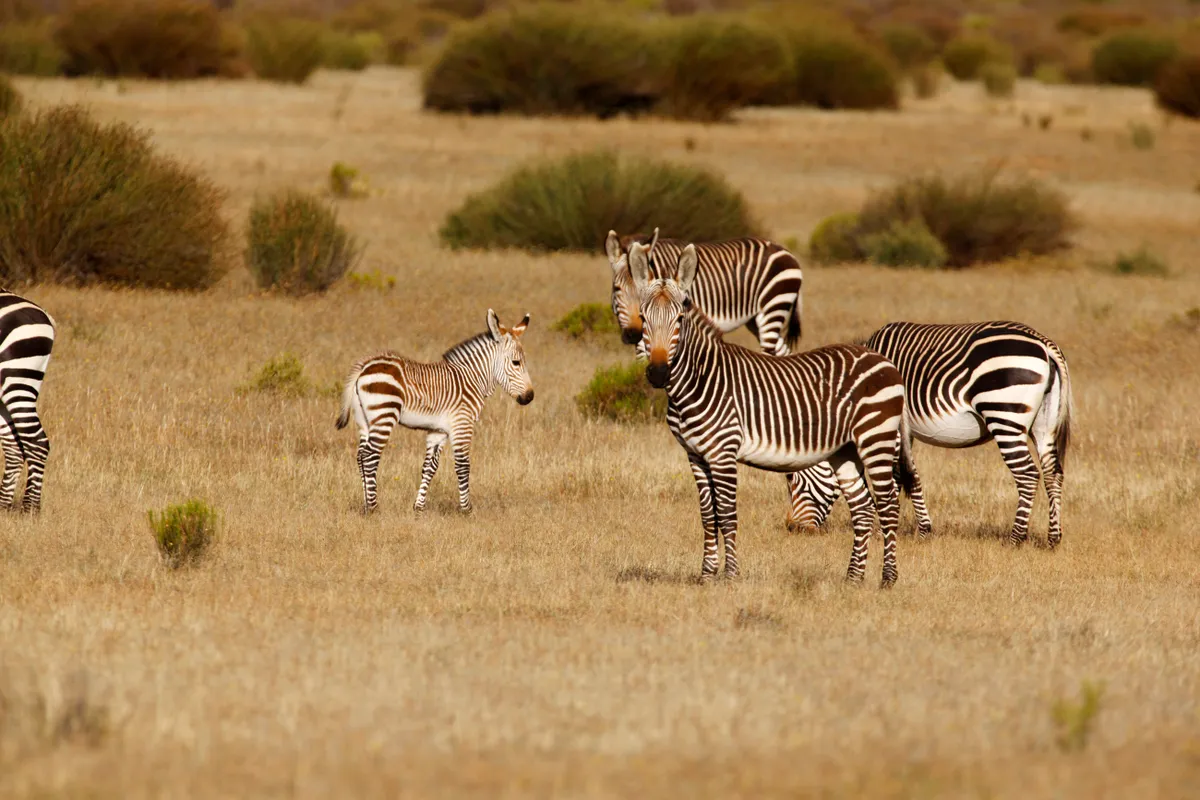
Sometimes the scientific name for a species may change, when scientists decide that a species actually belongs in a different genus. Usually the specific name of the species will remain the same, however it may need to be changed if there is another species in that genus with the same specific name.
Scientific names enable scientists and naturalists to check whether they are talking about the same species. This is useful for when a species may have multiple common names in a language, such as the greater skua (Stercorarius skua) which is also known as a bonxie in Shetland. It is also useful for when scientists from different countries are discussing wildlife.
Some species do not have common names, and are only known by their scientific names.
Scientific names can become part of common speech, with famous examples including Tyrannosaurus rex (sometimes referred to as T. rex) and Boa constrictor. Many gardeners are familiar with using scientific names, such as Agapanthus and Chrysanthemum. As such, it is common to find these words not written in italics.
What is a species?
The concept of a species is arguably the most fundamental in biology. It is surprising, then, that it has caused scientists so much head-scratching. Charles Darwin wanted to do away with the concept altogether, considering it to be defining the indefinable.
The most used definition centres on interbreeding, stating that a species is a group within which two individuals can breed to produce fertile offspring.
In general, this definition holds water, but it can lead to surprising groupings. For example, due to climate change, polar bears and grizzly bears have been coming into contact and producing fertile young. Should we consider these bears one species?
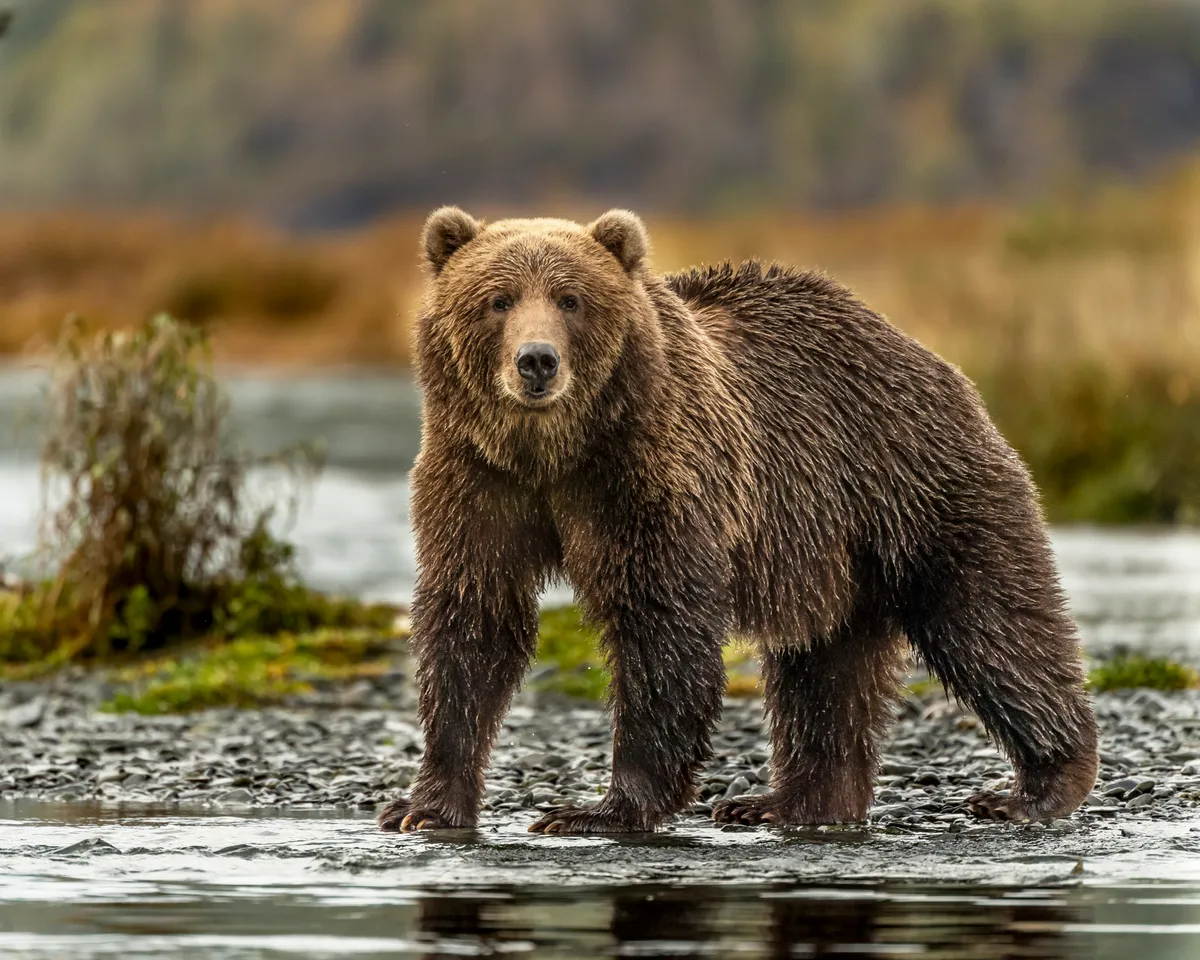
The focus on sex also leaves out organisms that reproduce asexually. Other definitions consider ancestry, though where the lines should be drawn is unclear – are we the same species as our water-dwelling ancestors? Further definitions focus on ecology, geography and physiology.
This Q&A originally appeared in BBC Wildlife Magazine, and was answered by Leoma Williams.
Insects
Anthrax fly (Anthrax anthrax)
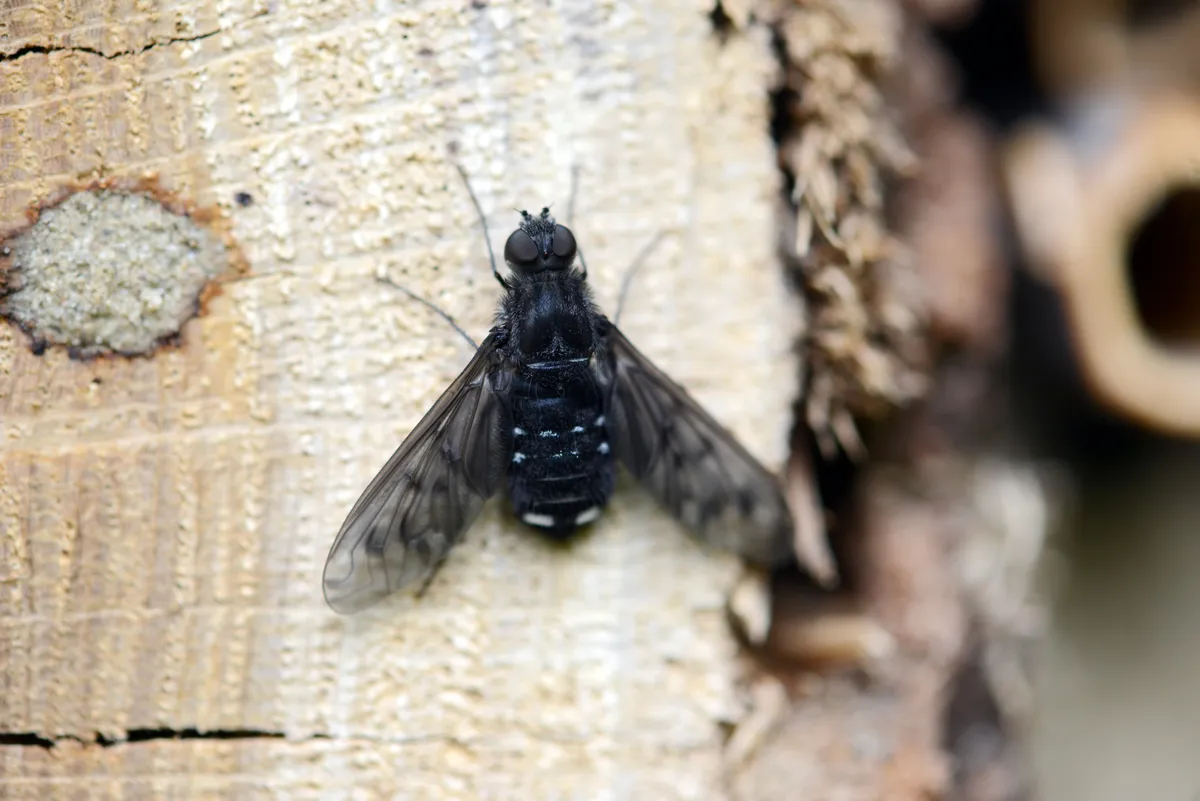
Learn more about bee-flies:
Goat moth (Cossus cossus)
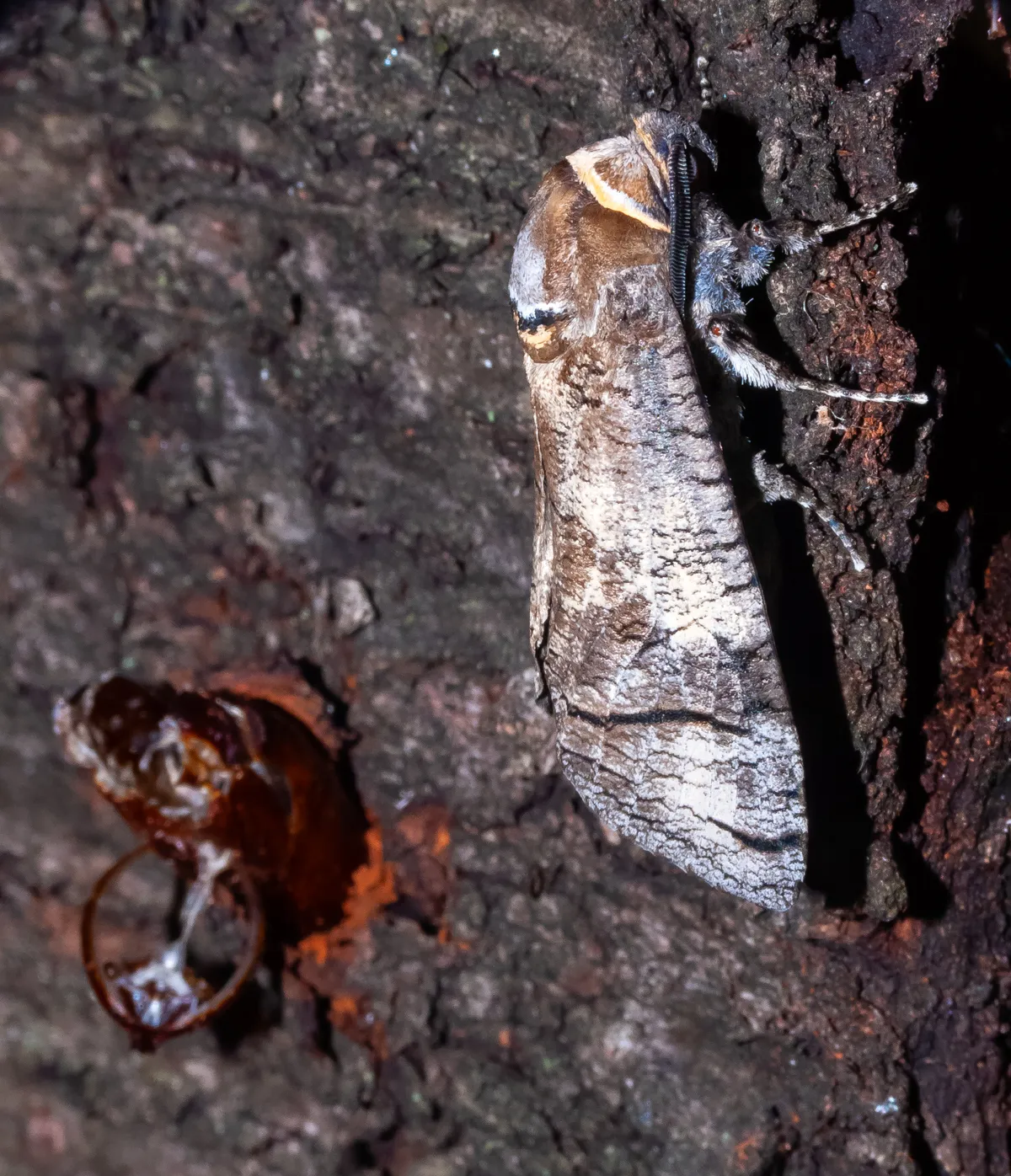
Other invertebrates
Goose barnacle (Pollicipes pollicipes)
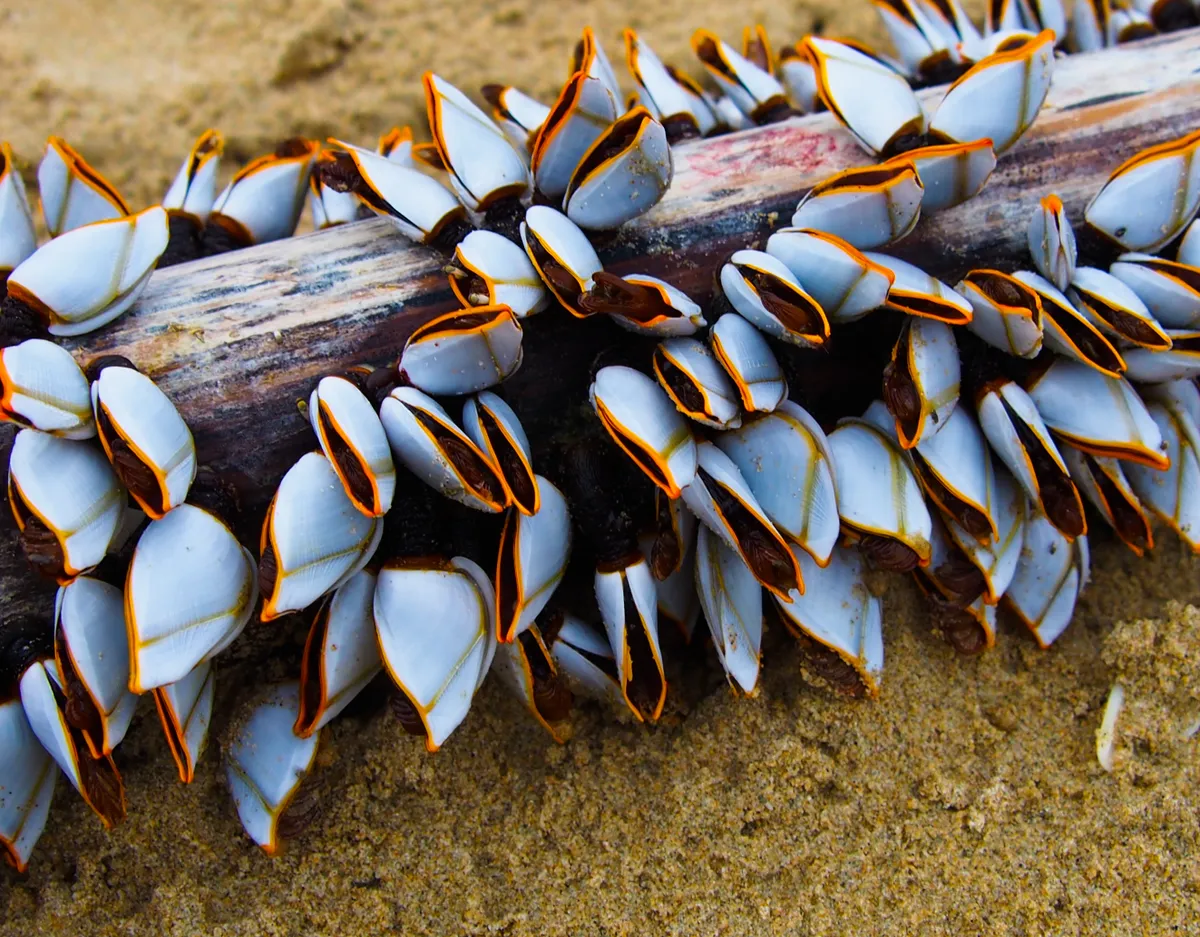
By-the-wind sailor (Velella vellela)
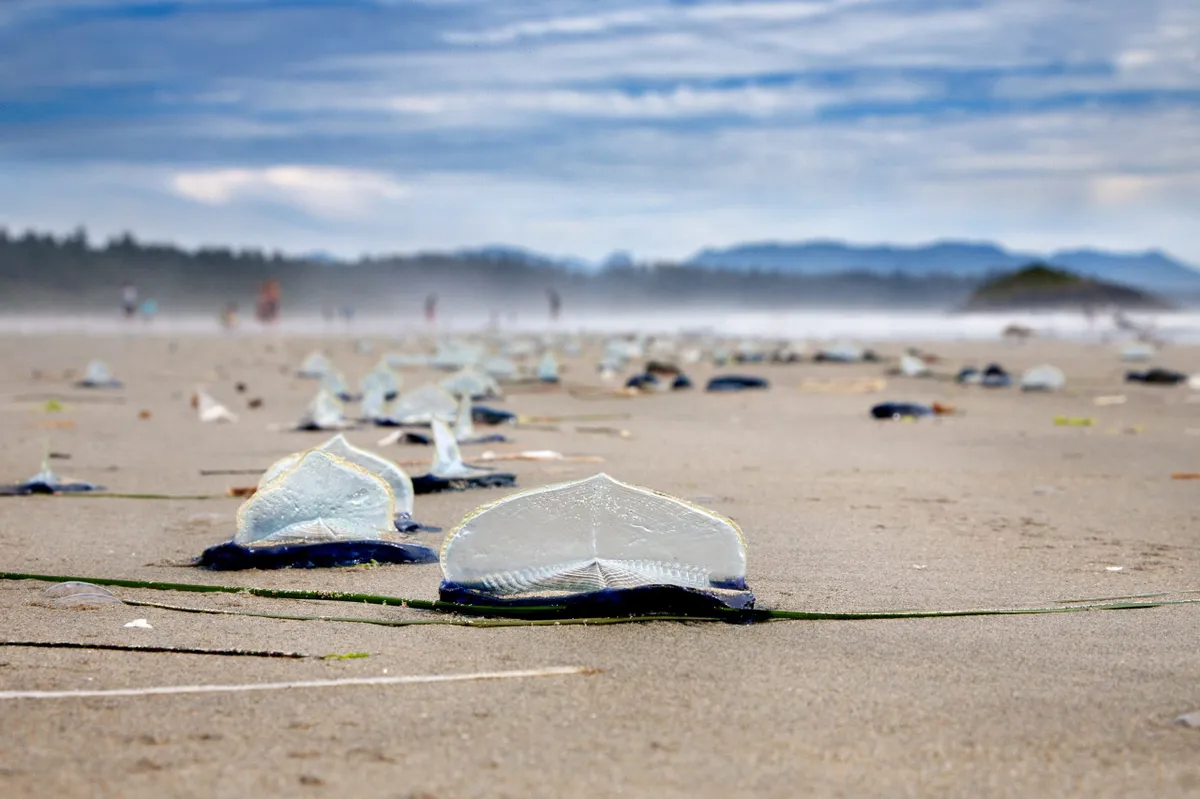
Fish
Short-snouted seahorse (Hippocampus hippocampus)
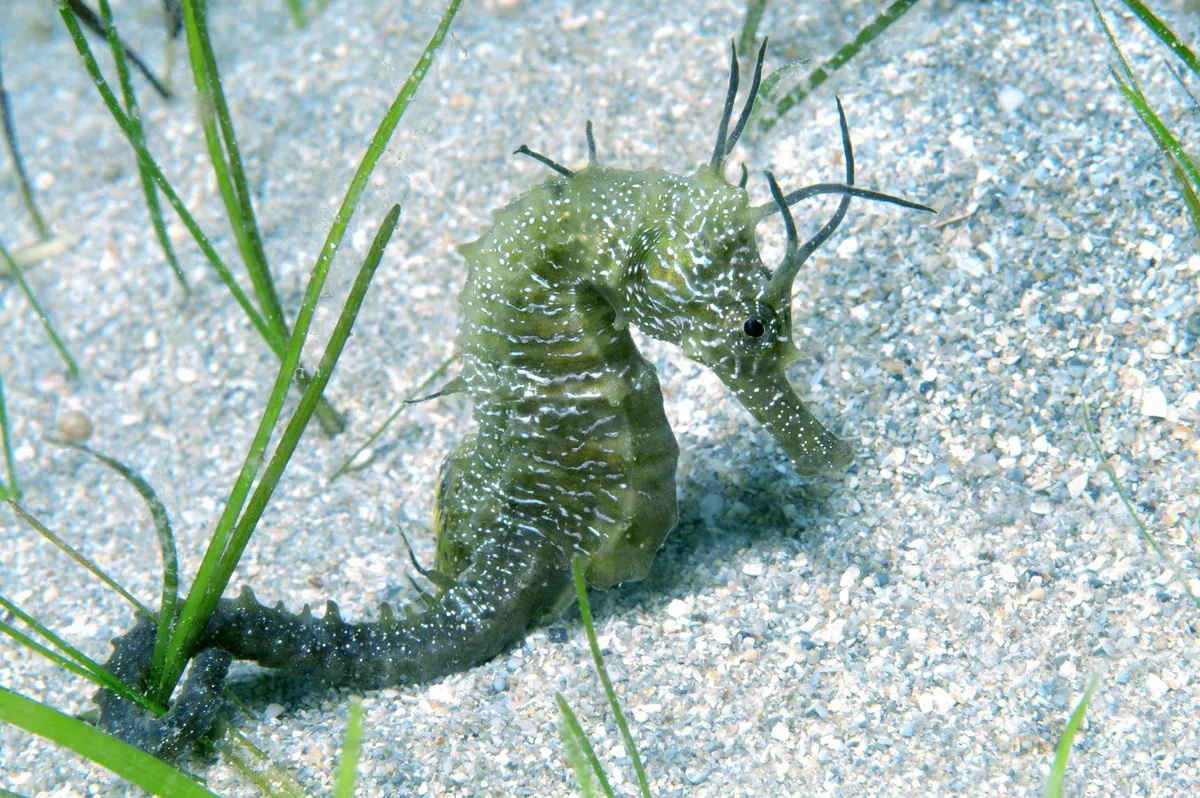
European eel (Anguilla anguilla)
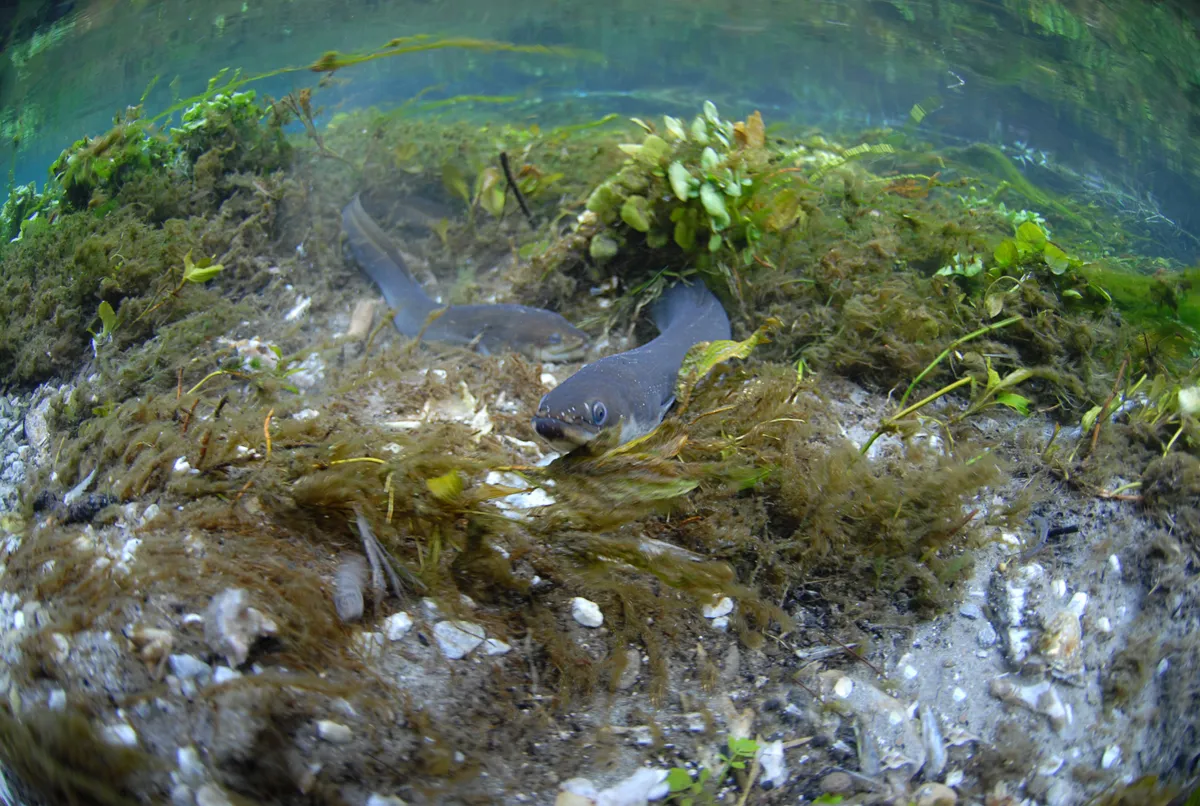
Amphibians
European toad (Bufo bufo), also known as common toad
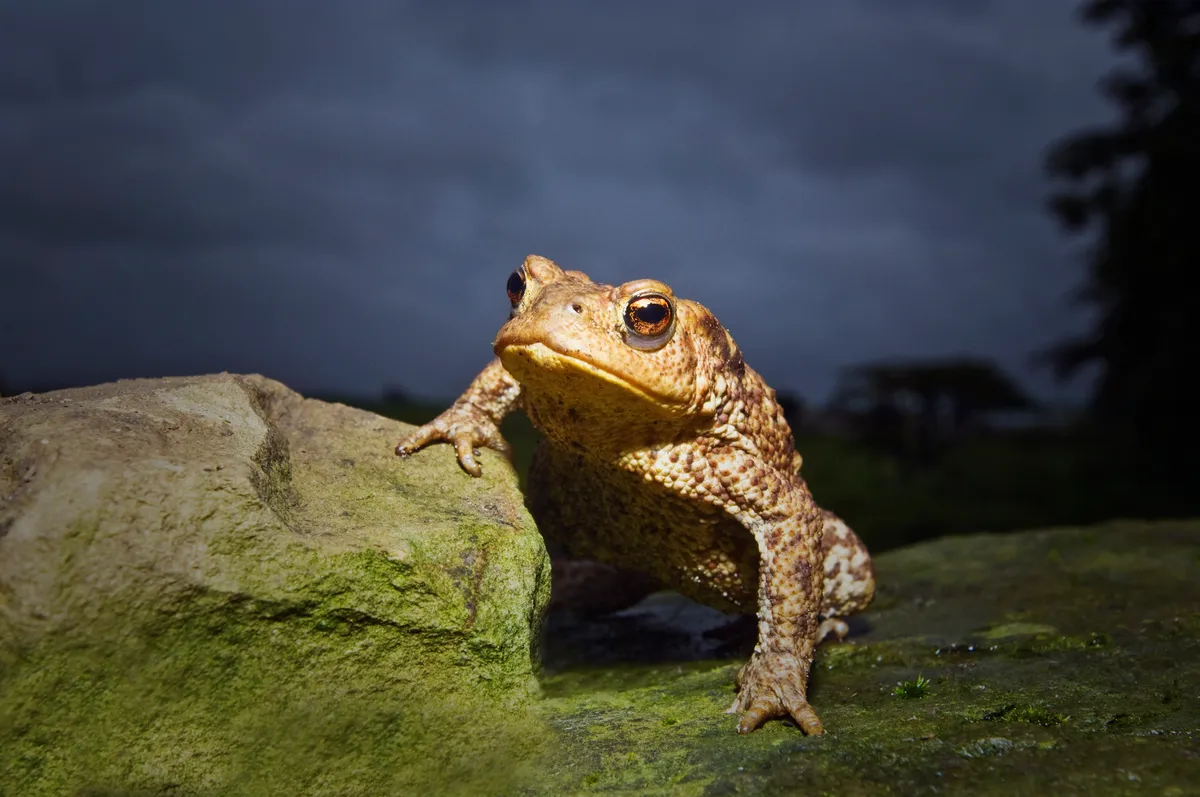
Fire salamander (Salamandra salamandra)
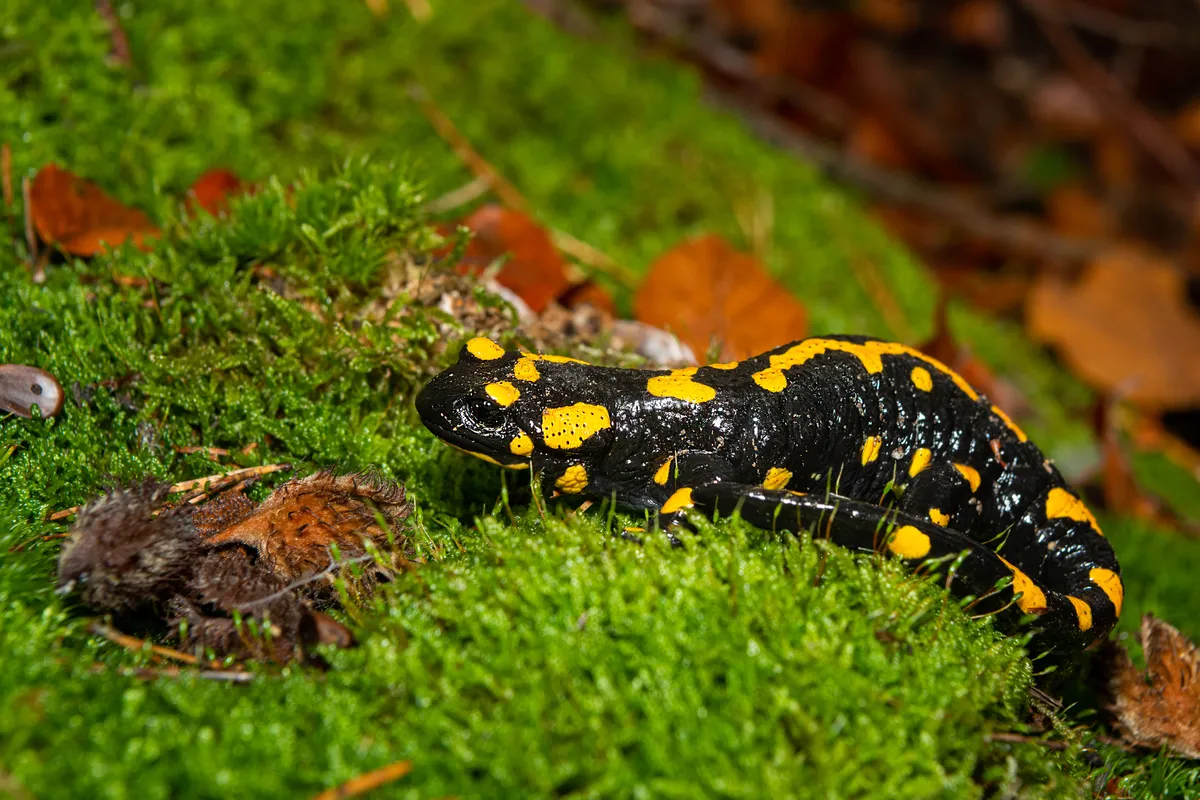
Reptiles
Loggerhead sea turtle (Caretta caretta)
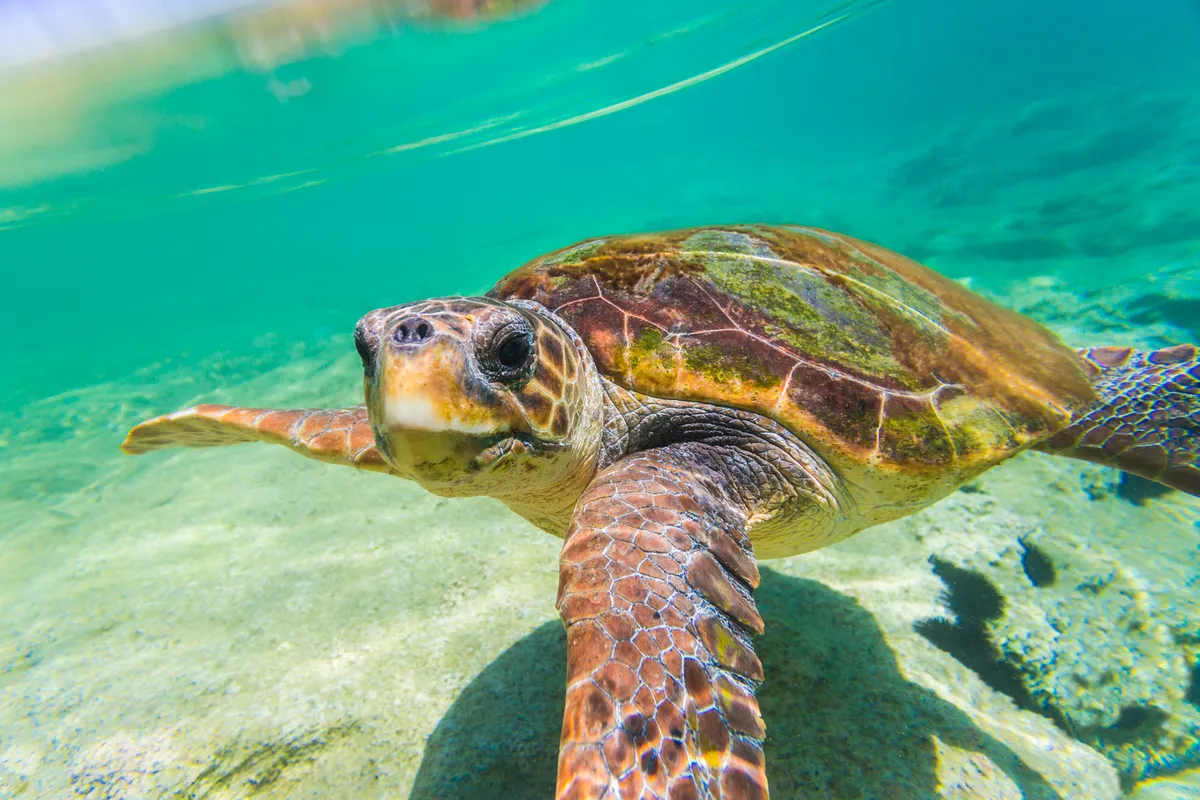
Green iguana (Iguana iguana)
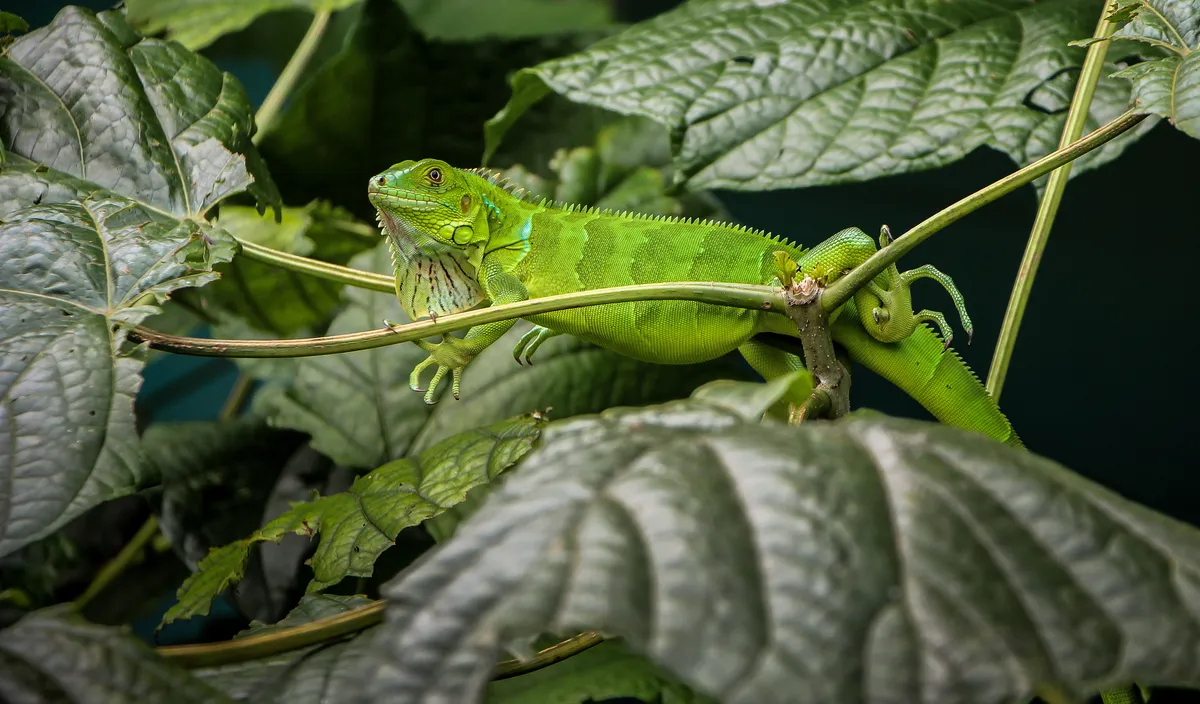
Birds
Chough (Pyrrhocorax pyrrhocorax)
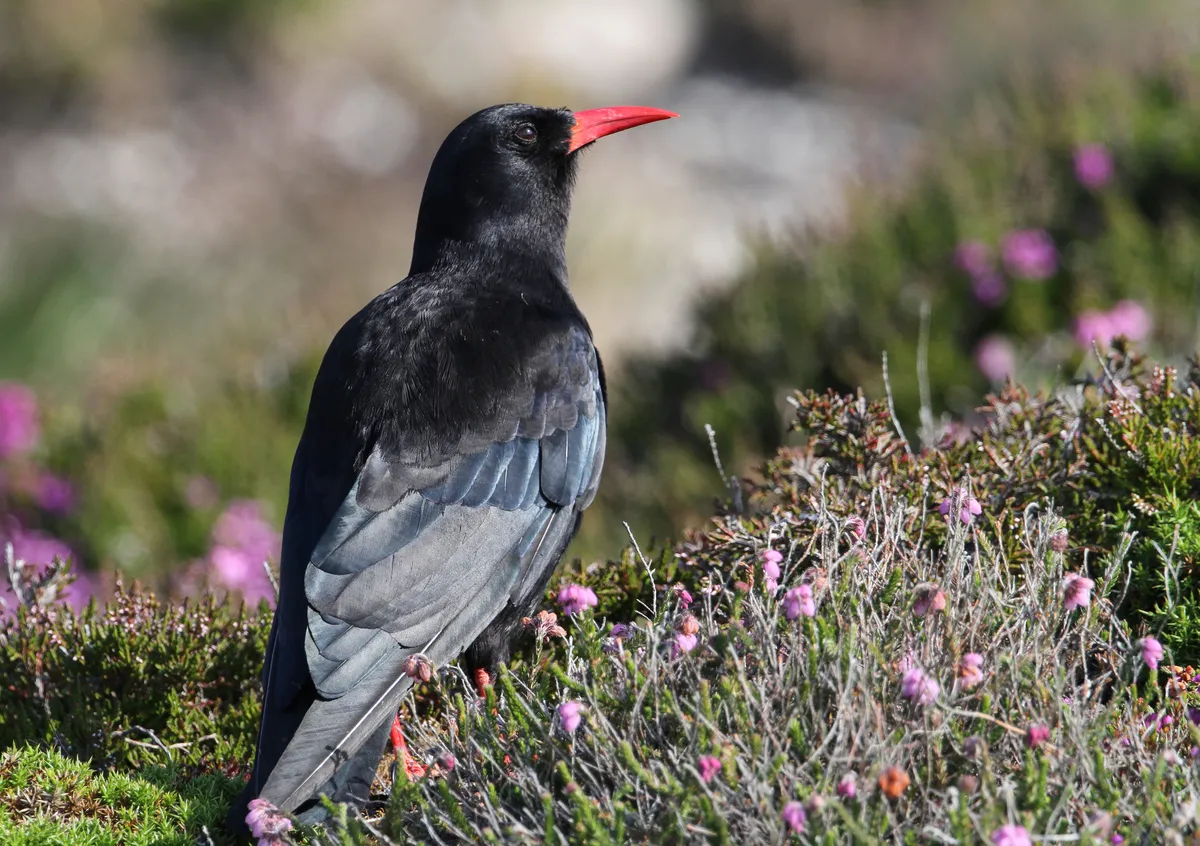
Black-tailed godwit (Limosa limosa)
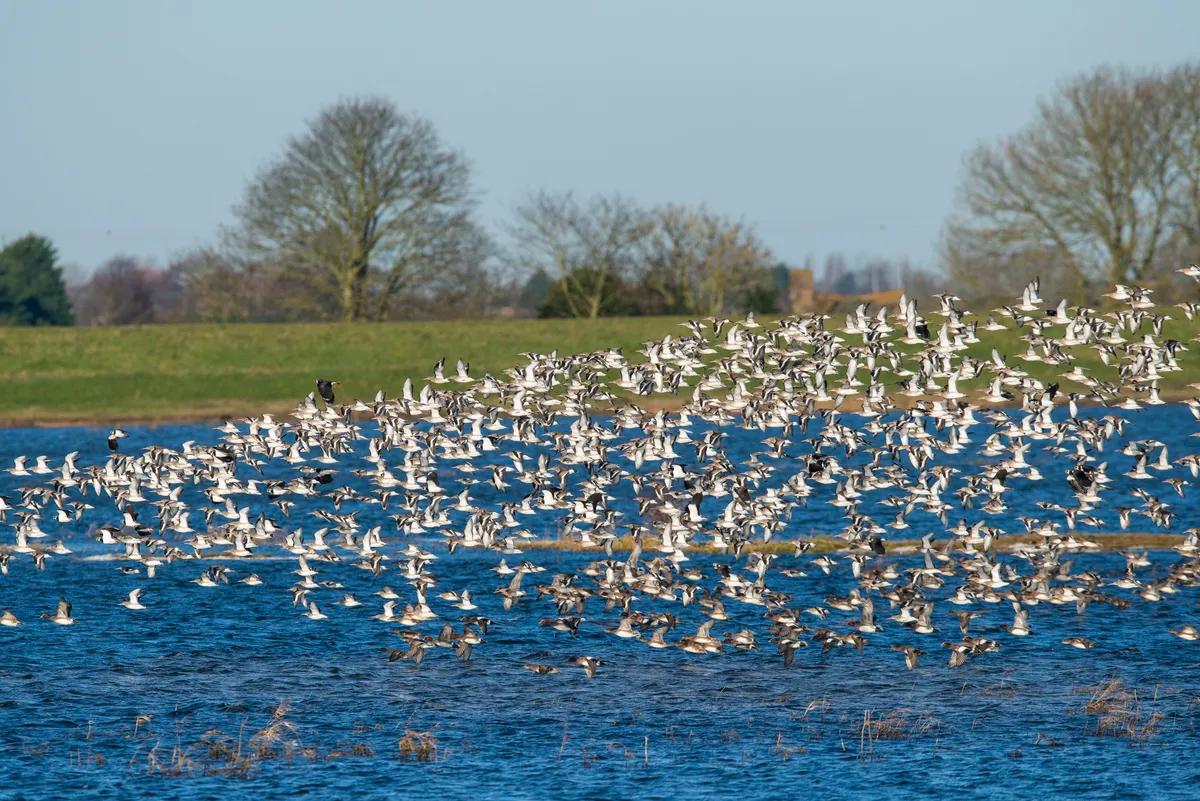
Shelduck (Tadorna tadorna)
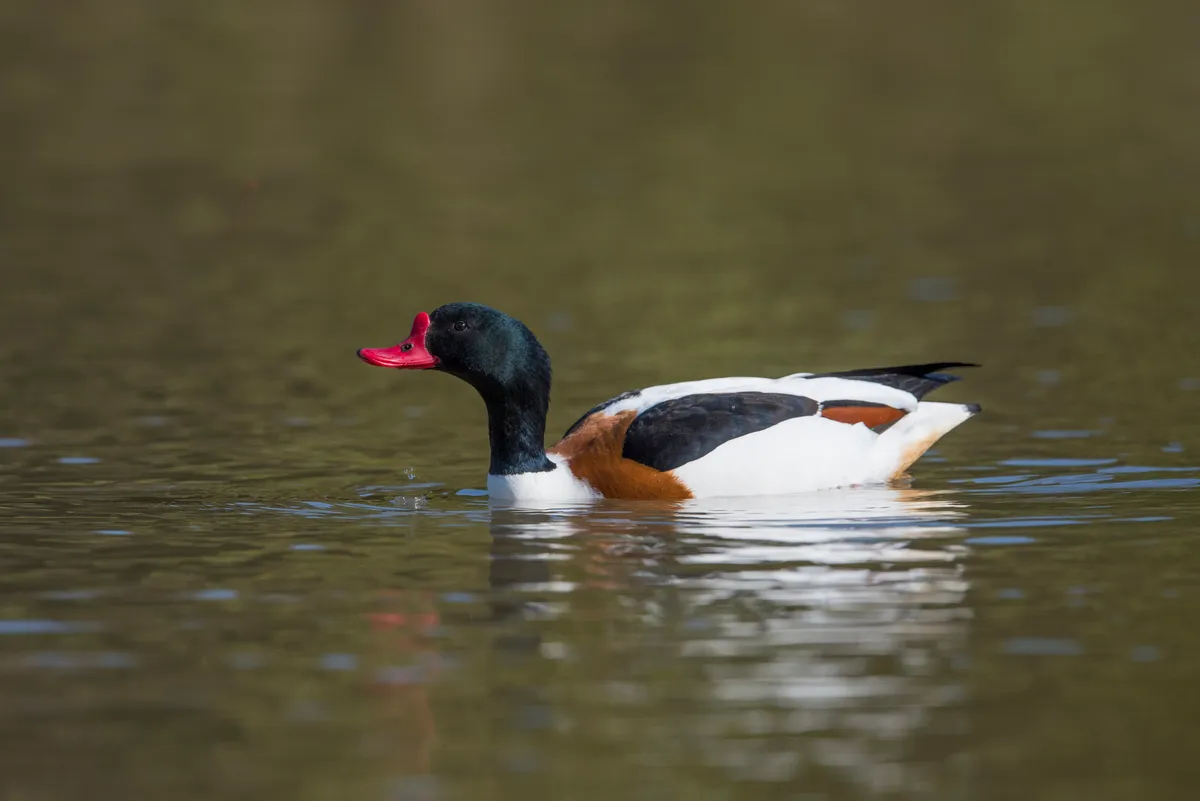
European goldfinch (Carduelis carduelis)
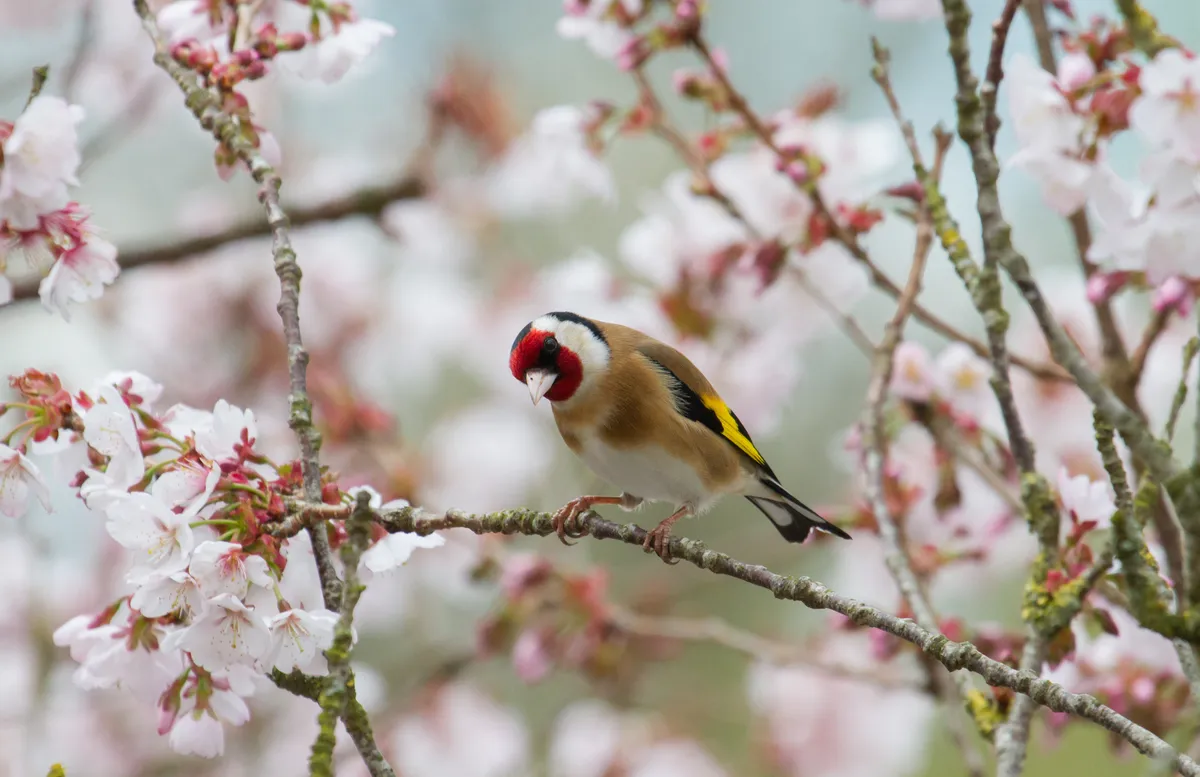
Red kite (Milvus milvus)
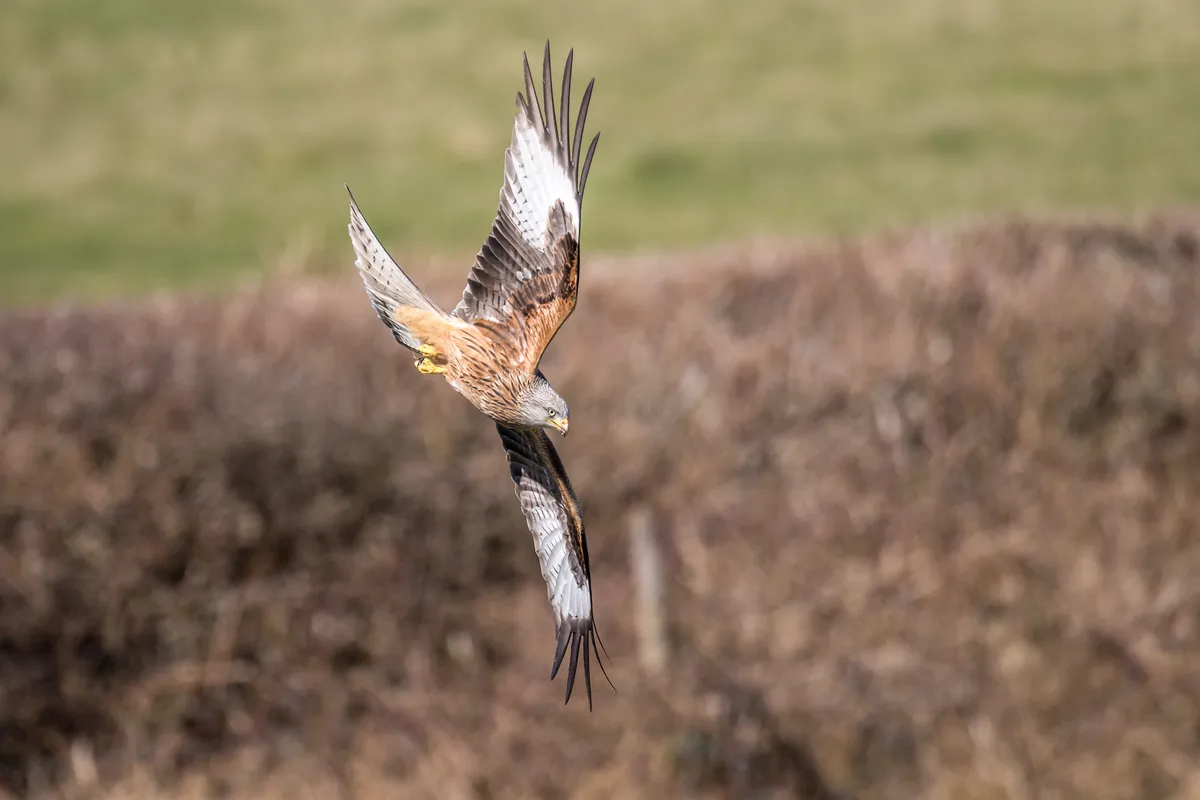
Whooper swan (Cygnus cygnus)
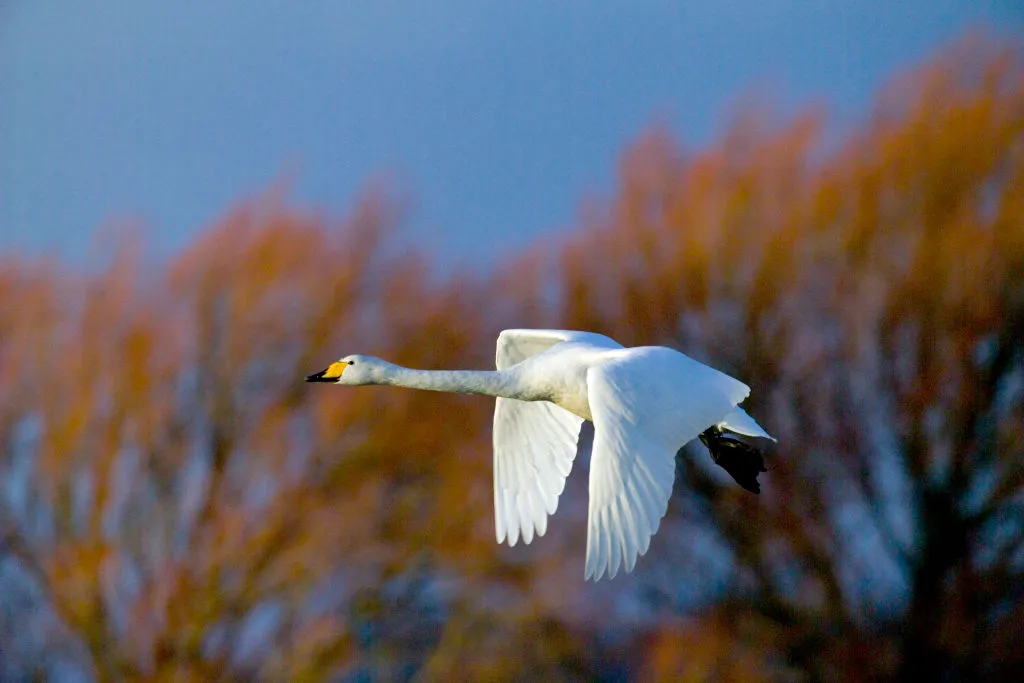
Eurasian magpie (Pica pica)
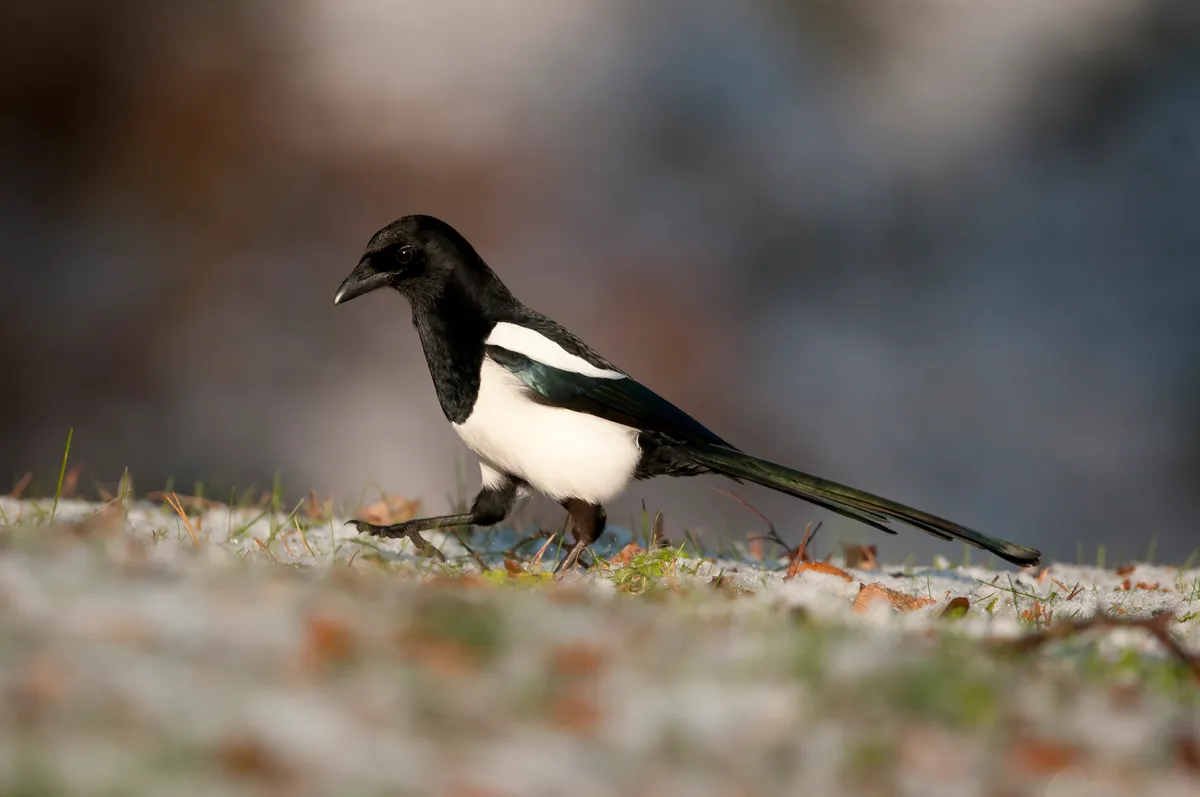
Little auk (Alle alle)
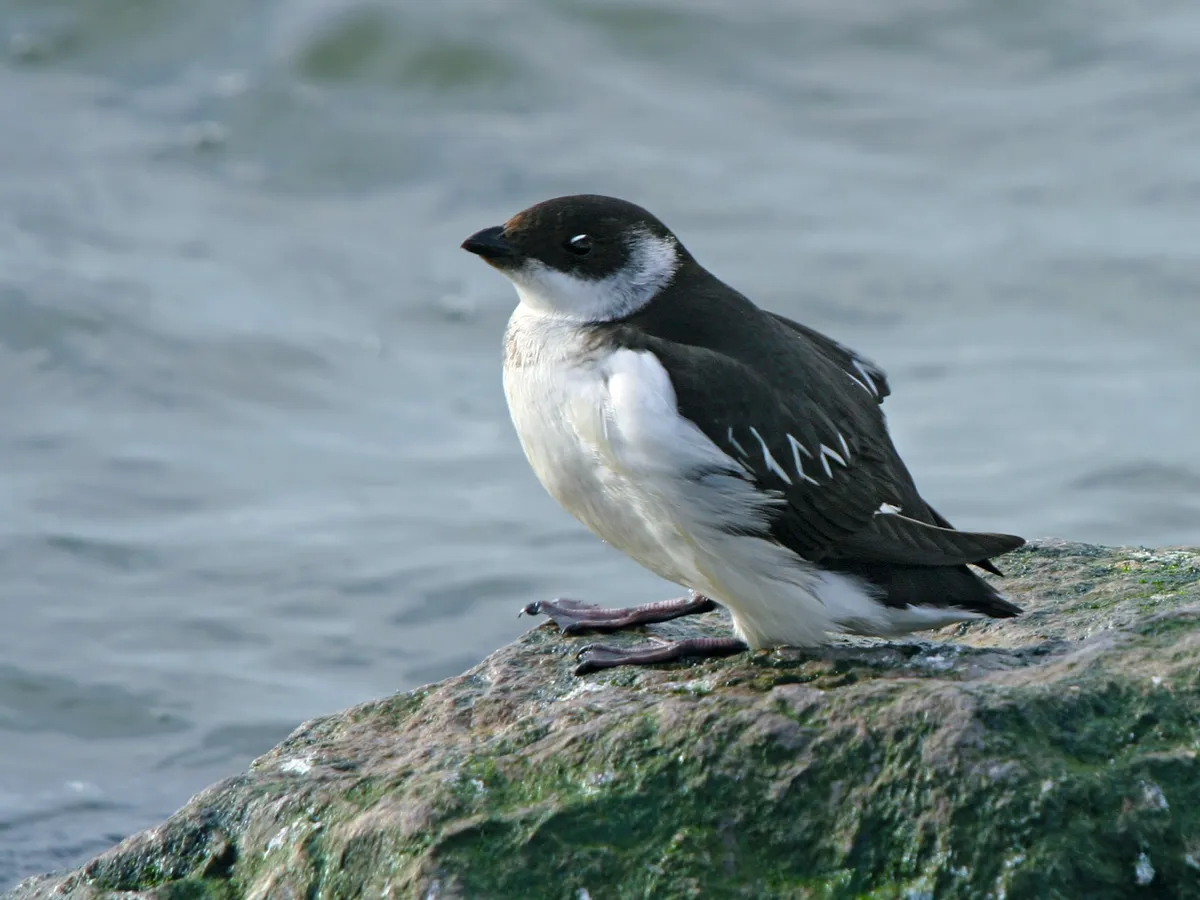
Eurasian crane (Grus grus), also known as common crane
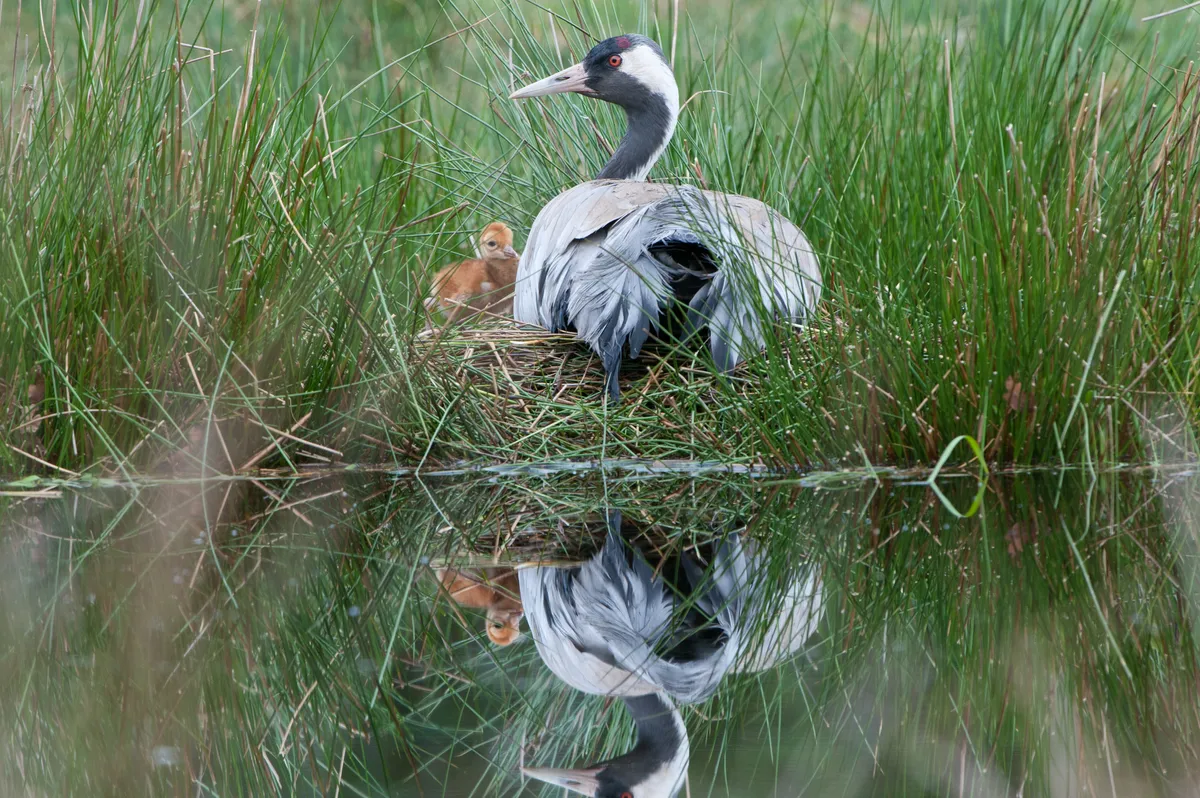
Goldcrest (Regulus regulus)
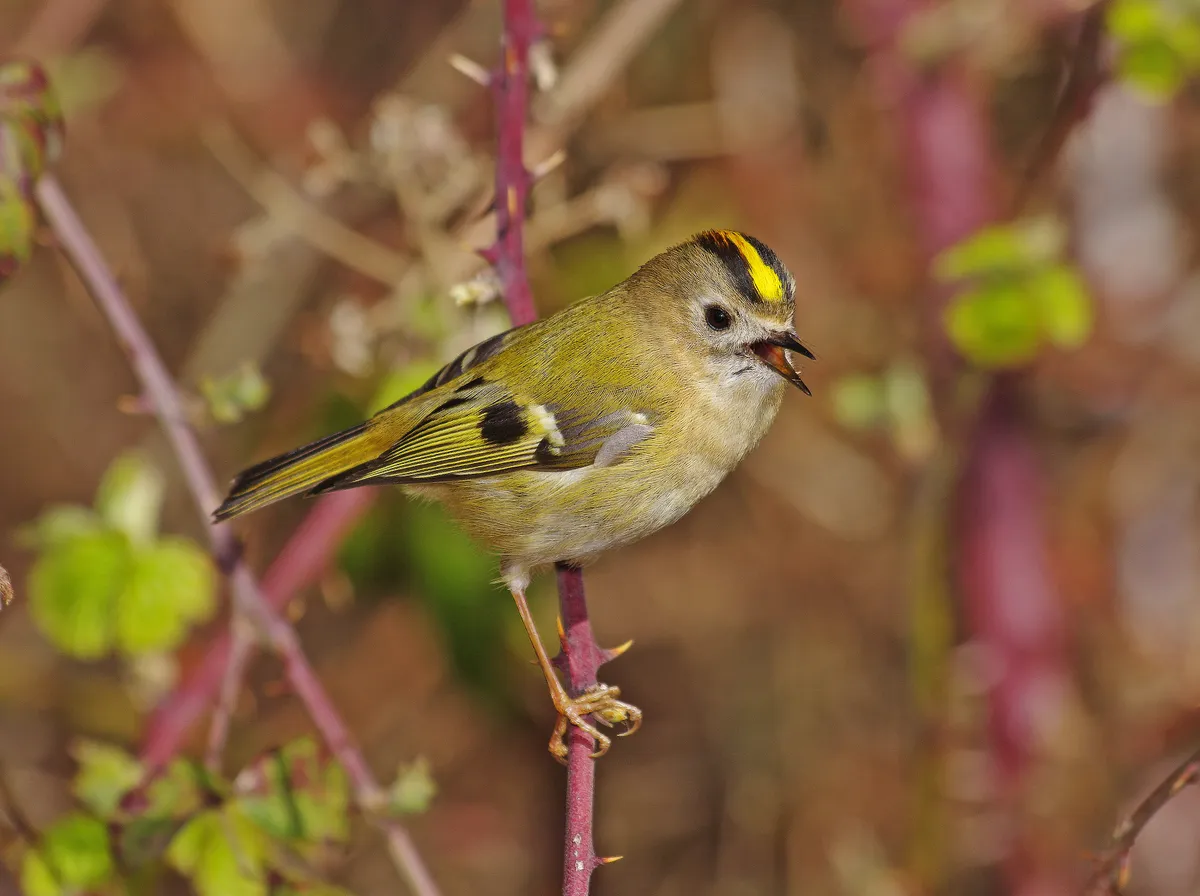
Mammals
Indri (Indri indri)
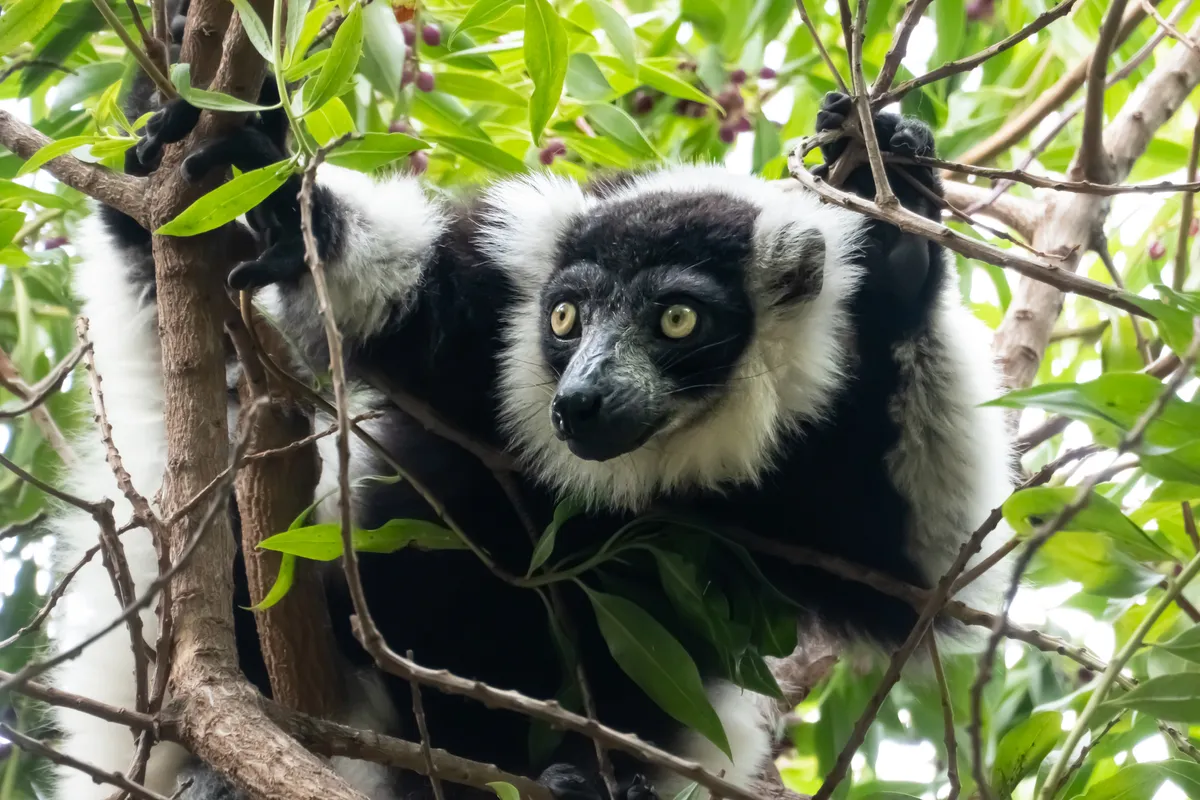
Wolverine (Gulo gulo)
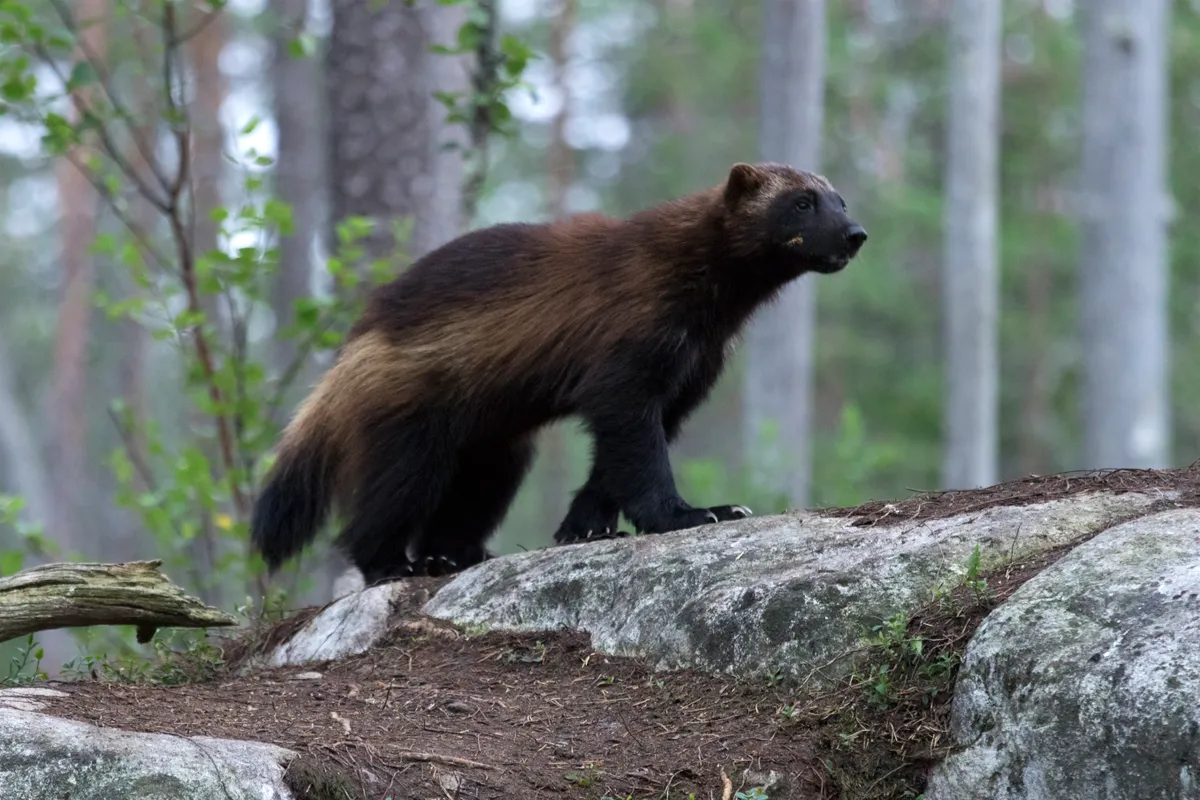
Lowland gorilla (Gorilla gorilla)
- Triple tautonym: Western lowland gorilla (G. g. gorilla)
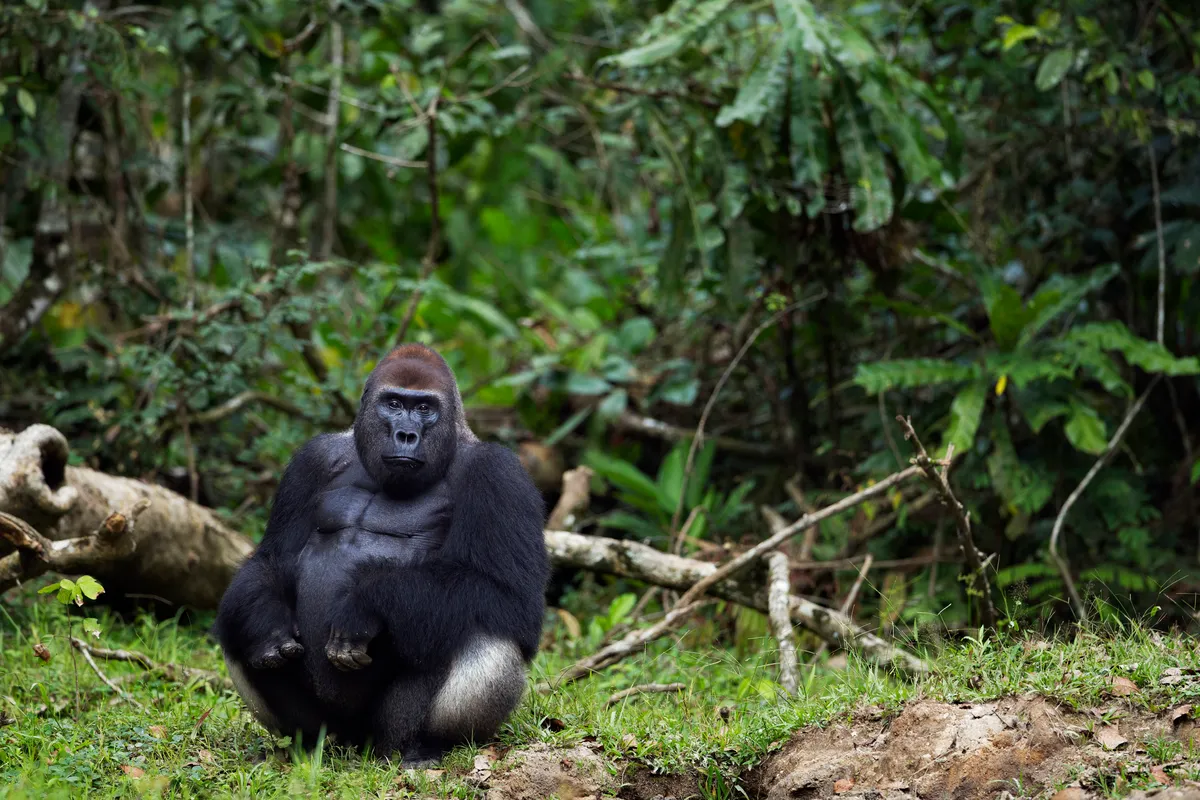
Eurasian badger (Meles meles)
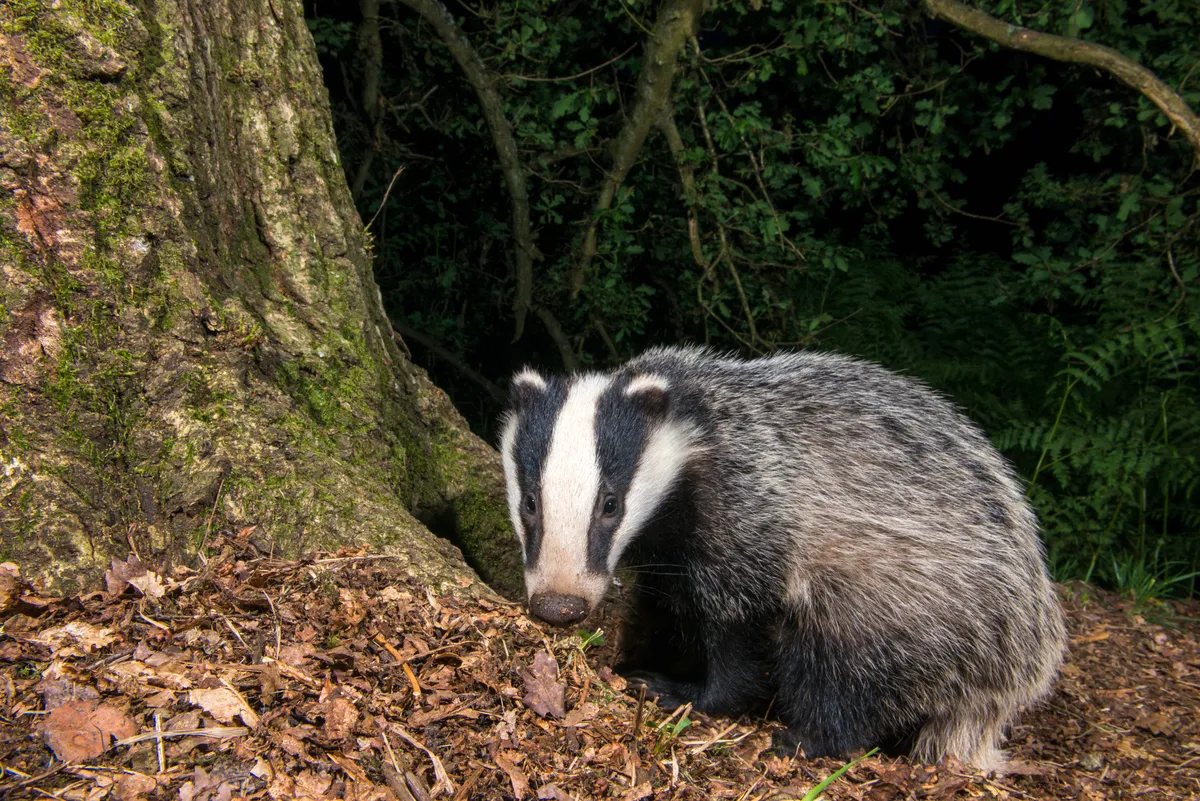
Spotted hyena (Crocuta crocuta)
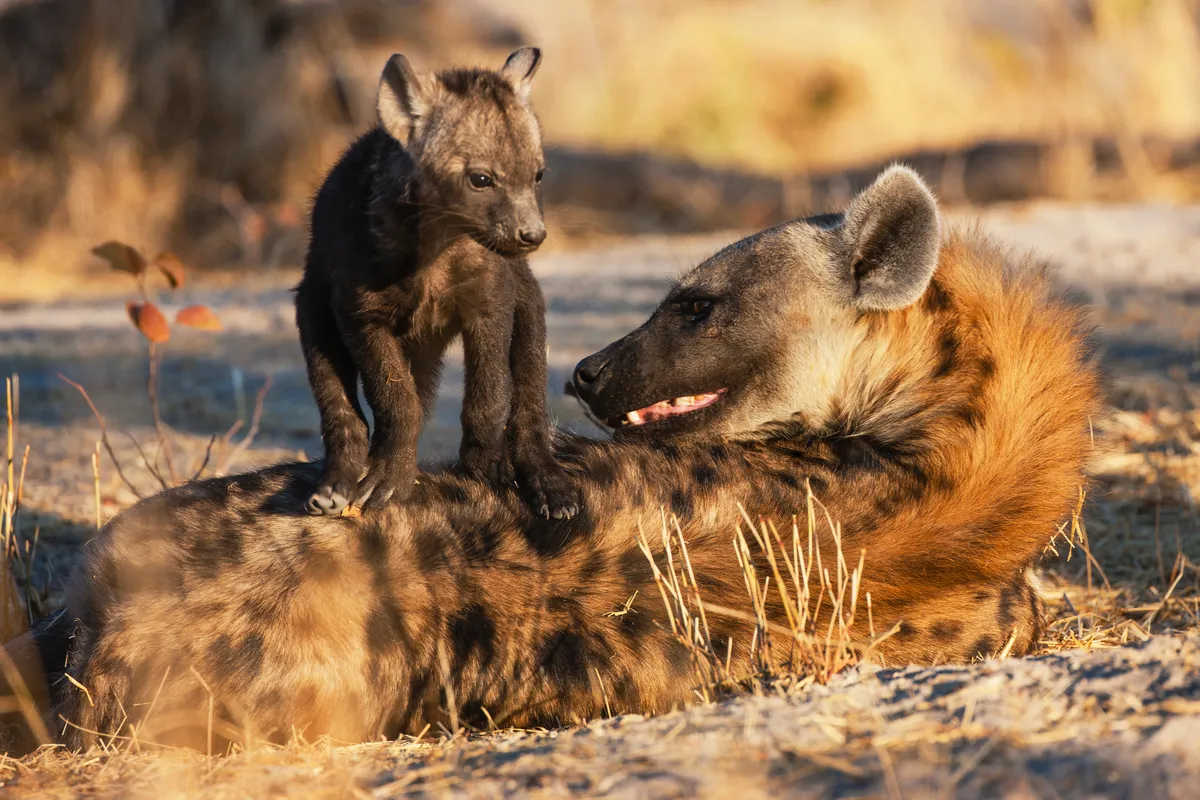
Pine marten (Martes martes)
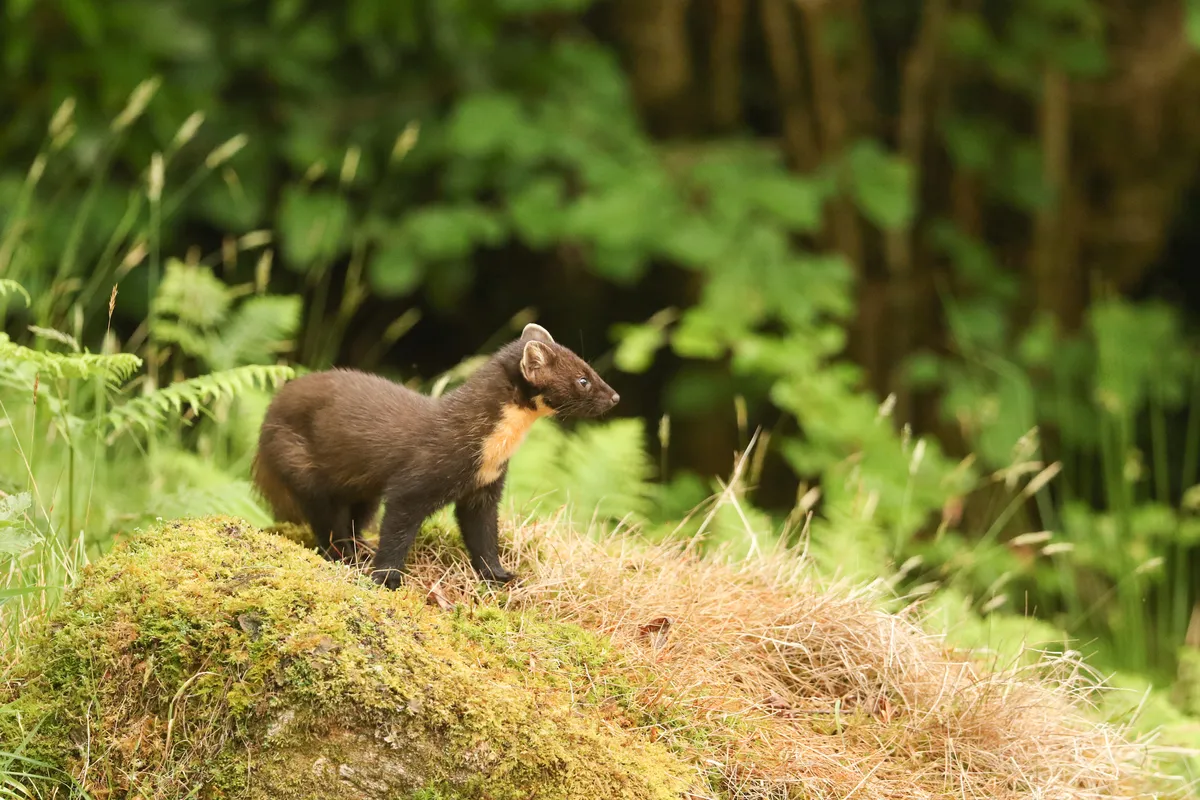
Learn more about pine martens:
Red fox (Vulpes vulpes)
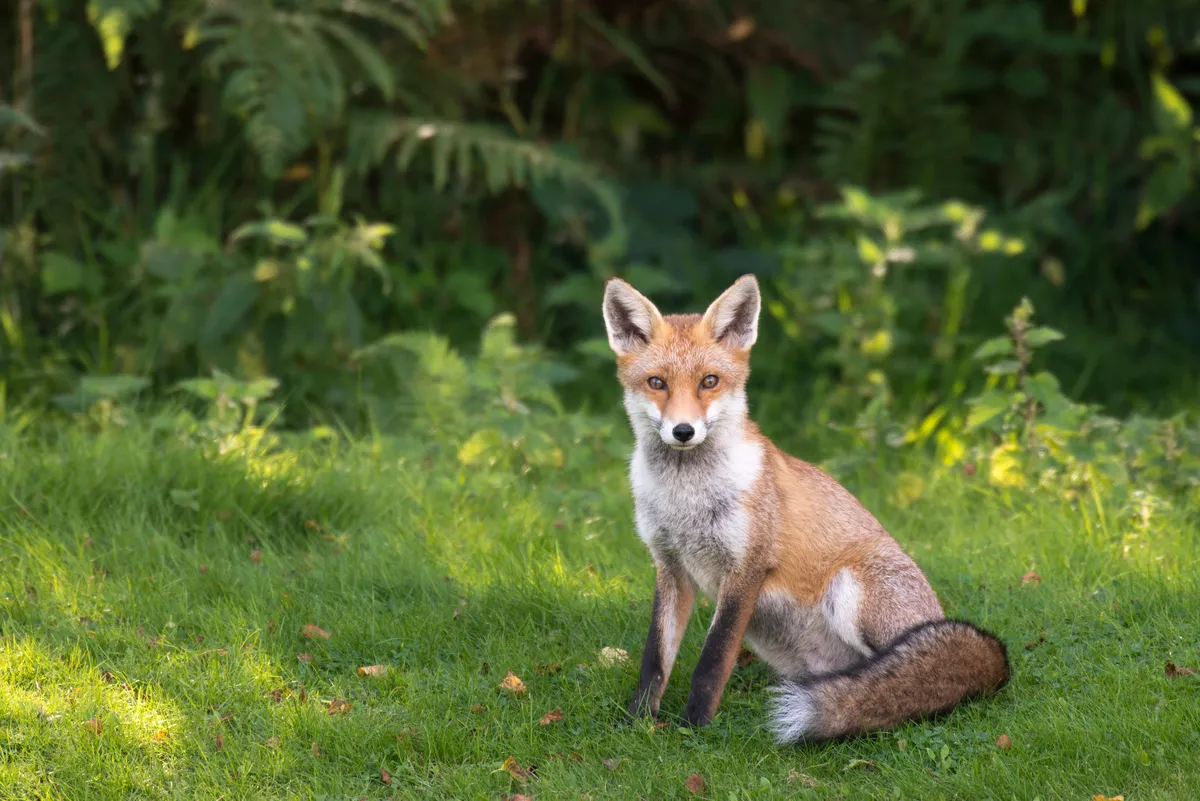
Fallow deer (Dama dama)
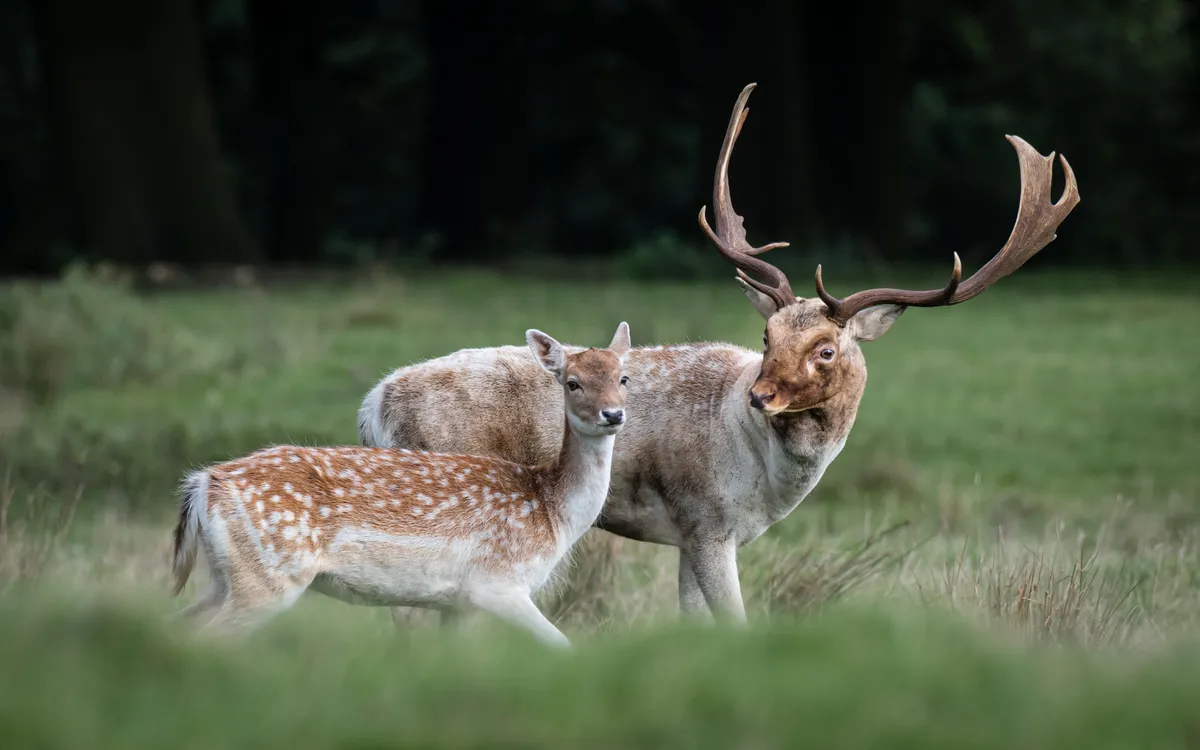
Roe deer (Capreolus capreolus)
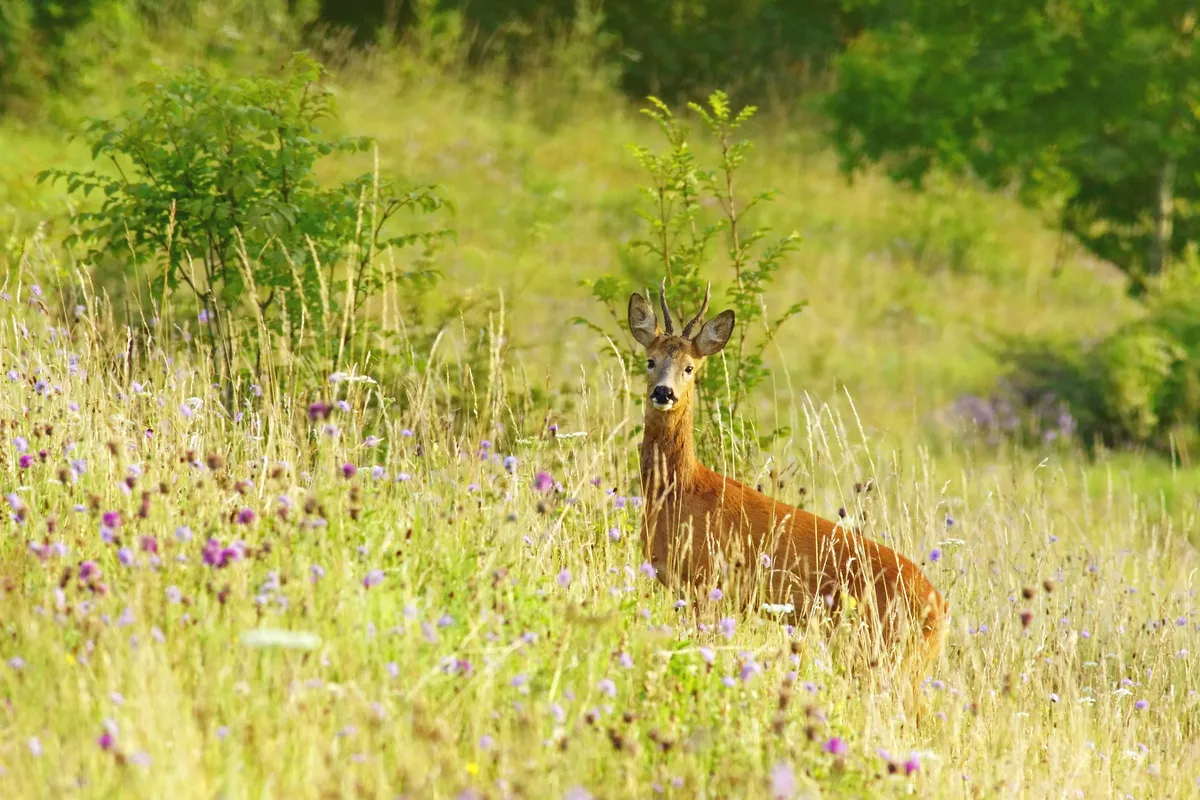
Eurasian lynx (Lynx lynx)
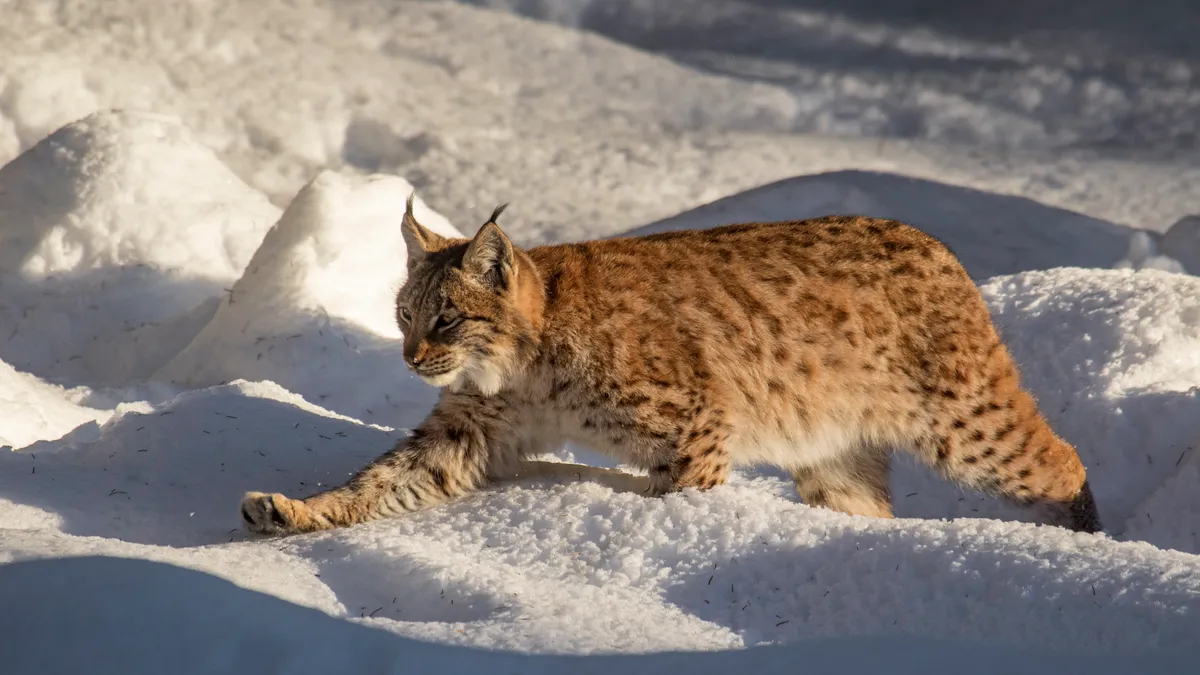
Edible dormouse (Glis glis), also known as fat dormouse
